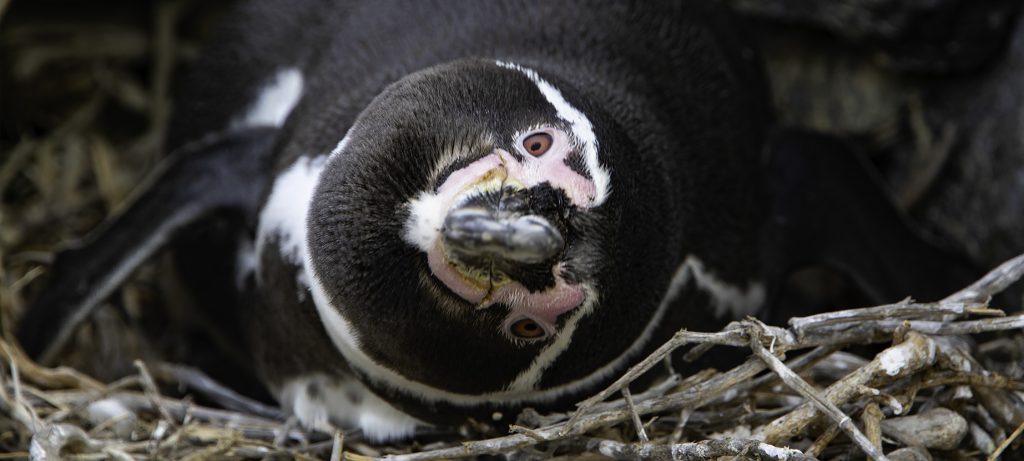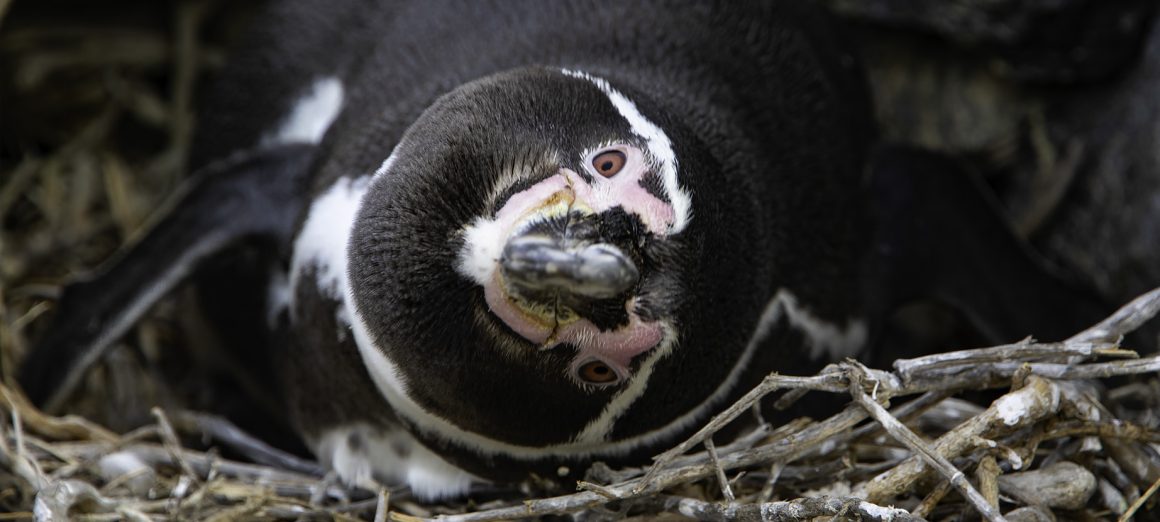Helping out with Humboldts – Part 1
You might have seen some of our recent social media posts, that had little to do with penguins flashing yellow eyebrows. These posts also had little in the way of rain forest settings or involuntary mud baths we had to take while working with penguins.
We are collaborating with colleagues in Chile to help doing with Humboldt penguins what we have been doing with tawaki for the past few years – figure out where the penguins go while at sea and what they are doing there. The overarching question of this project is to which extent Humboldt penguins breeding on Isla Choros in the Humboldt Penguin National Reserve in northern Chile would be affected by the development of a major port for a huge copper mine on the mainland just 30 km from the island. We suspect it may not be good.
So, last month, Thomas went over to Chile for a pilot study on the island. Humboldt penguins are known to be quite skittish and prone to abandon their nests when disturbed, so first step was to figure out, how to deploy tracking devices and recovering them a few days later, without wreaking havoc in the colonies.
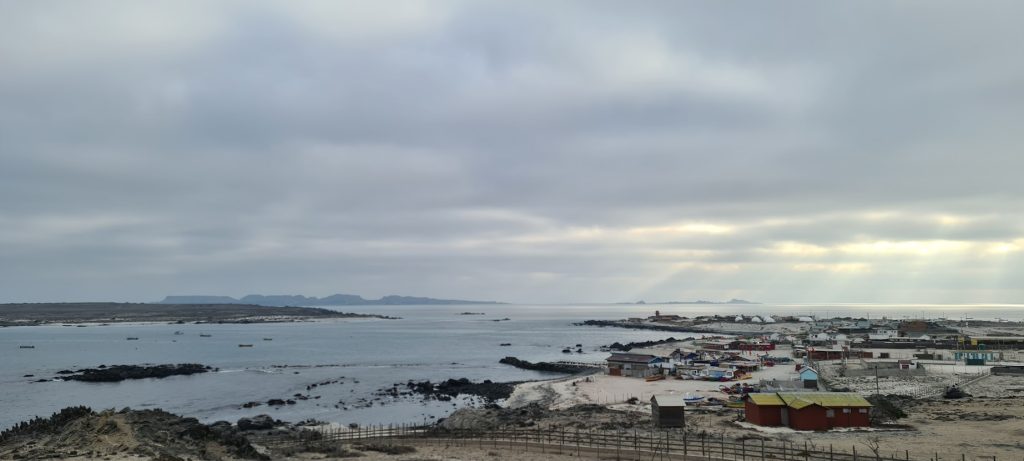
In the second week of June, a team of four – Thomas, Alejandro Simeone from Andres Bello University in Santiago, plus students Max and Karen – made their way to Punta Choros, two hours North of La Serena. With the help of a local fisherman/tourism operator, the team was transported across to Isla Choros where they spent the next two weeks camped out in the desert.

The first few days were spent searching and mapping suitable penguin nests for the project. There are two breeding seasons each year in Humboldt penguins, and we had arrived for the winter breeding season. Unfortunately, we were about two weeks early as most nests that we found were either still on eggs or chicks had just hatched. That limited the number of nests Thomas deemed suitable for GPS logger deployments.

What he was looking for were closed nests, with a single entrance, and chicks that were at least a week old. Adult penguins with chicks had already established a bond with their offspring and were less prone to abandon their nest if disturbed. And after being fitted with a device, it was always best to release the bird into a cul-de-sac nest where they could not bolt out the backdoor while the Adrenalin was still through the roof.
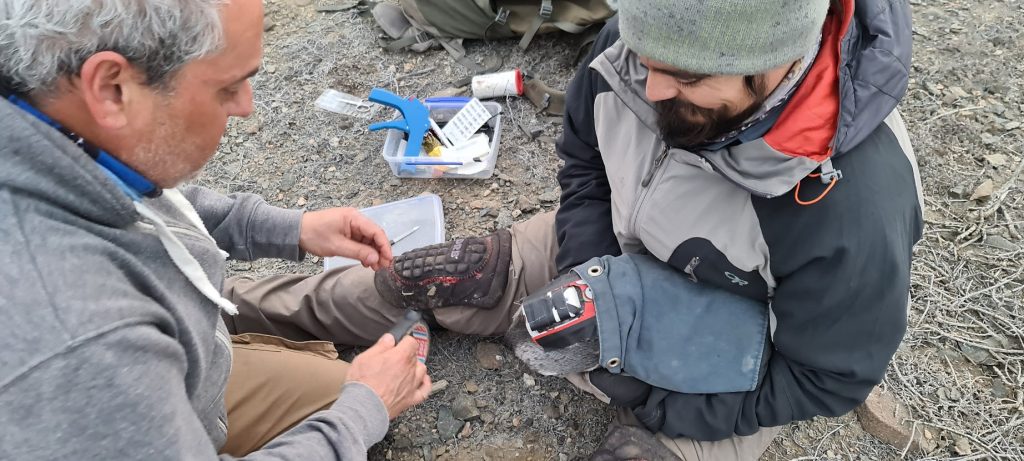
Over the next ten days, the team managed to deploy 12 devices on birds of which they were able to recover 10 units. In one case, the bird carrying a logger seemed to have abandoned the nest after it was raided by vultures. Since that deployment occurred at night, it seems unlikely that the disturbance facilitated the raid. So hopefully it wasn’t our fault. The other was a case of bad timing; we deployed the device too late, and the bird did not return to its nest before the team had to leave the island. In both cases, the loggers will eventually fall off.
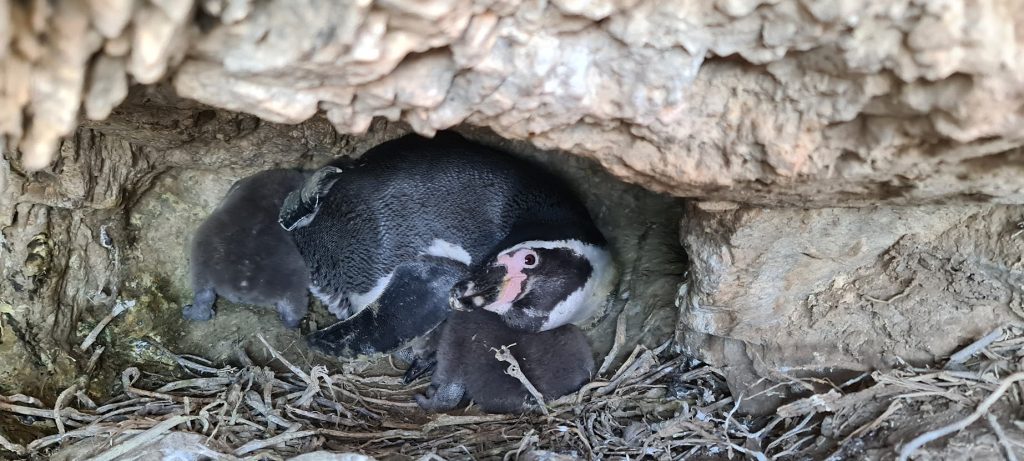
Over the next ten days, the team managed to deploy 12 devices on birds of which they were able to recover 10 units. In one case, the bird carrying a logger seemed to have abandoned the nest after it was raided by vultures. Since that deployment occurred at night, it seems unlikely that the disturbance facilitated the raid. So hopefully it wasn’t our fault. The other was a case of bad timing; we deployed the device too late, and the bird did not return to its nest before the team had to leave the island. In both cases, the loggers will eventually fall off. Of the ten devices we got back, nine had fantastic foraging data. The tenth bird did not leave its nests during the entire 5 days of carrying a logger presumably because its partner had died at sea. Set netting by-catch is a major issue for Humboldt penguins.

Of the nine penguins for which we managed to obtain data, eight followed a more or less strict one-day-at-sea-one-day-at-the-nest routine. But one female decided to go on a four day sojourn up the coast before returning to feed its chicks.
In the data of the one-day-trip performing penguins, a pattern seemed to emerge. Penguins breeding on the eastern side of the island, tended to forage closer to the coast, while birds that landed on the western side, principally foraged 15-30 km from the mainland. What is a bit unfortunate, is that while the eastern side is where the majority of penguins breed we only managed to track three birds from there. All other birds were from western nests, simply because they were a bout a week ahead in terms of breeding. Taken by itself, our data may be interpreted such that the proposed port development may have a lesser effect on the penguins because they tend to forage further offshore. But given the higher nest densities in the east, it seems that foraging closer to the coast may be much more important than our data suggests at this stage.
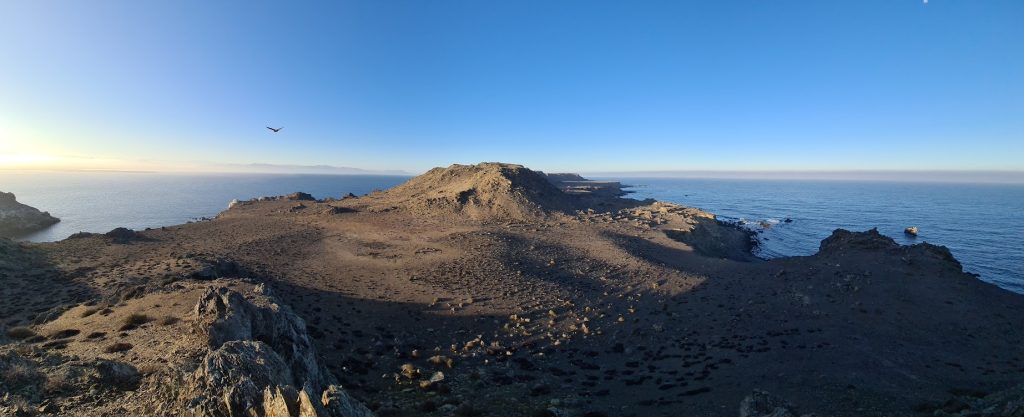
In December, it is Ursula’s turn to bring Tawaki Project expertise to Chile and build on this pilot study to get a better idea of the plight of Humboldt penguins in northern Chile.So later on this year, it is Ursula’s turn to bring Tawaki Project expertise to Chile and build on this pilot study to get a better idea of the plight of Humboldt penguins in northern Chile.
